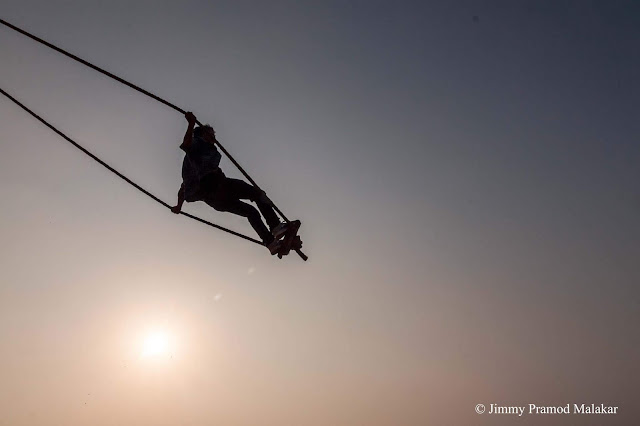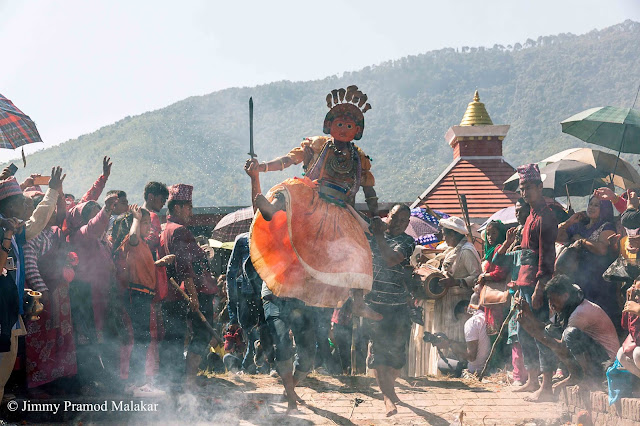A women enjoying a traditional bamboo ping, or swing, during the Dashain festival. Bamboo swings are constructed in many parts of the country as a way of celebration. Kite-flying and playing cards are also popular.

A lady enjoy playing in a traditional bamboo ping or swing during Dashain festival celebration at Bharatpur,Narayani River side
Silhouetted a Nepalese boys flies a kite standing.
Local kids enjoys playing on swing around the at Narayani river side.
swing#sky#photosunset#nature#shadownepal#swingphotography#festivals#Narayani river side# Bharatpur#





































